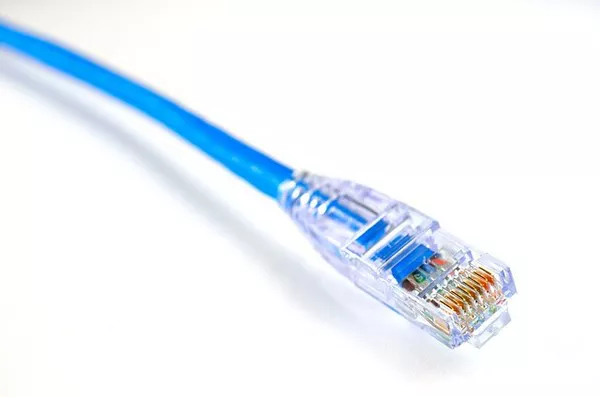In the realm of modern communication and networking, the seamless transmission of data has become an indispensable requirement for various industries. Twisted pair wire, an age-old yet constantly evolving technology, has played a crucial role in ensuring efficient data transfer. As an essential component of networking equipment, this article explores the intricacies of twisted pair wire, its underlying principles, types, advantages, and its significant contribution to the contemporary landscape of communication technology.
Understanding Twisted Pair Wire
Twisted pair wire is a type of electrical cable constructed by intertwining two conductors, typically made of copper, into a helical shape. This arrangement helps to minimize electromagnetic interference (EMI) and crosstalk, thus enhancing the cable’s performance. The twisting process involves intertwining the two wires together, maintaining a fixed twist rate to ensure consistency along the entire cable’s length.
Principles of Operation
The principle behind twisted pair wire lies in its ability to counteract the adverse effects of electromagnetic interference, a phenomenon that occurs when electromagnetic waves from one wire induce currents in an adjacent wire, causing signal degradation. By twisting the wires together, the electromagnetic fields generated by each conductor effectively cancel each other out, mitigating the impact of EMI and crosstalk.
Types of Twisted Pair Wire
Twisted pair wire comes in various categories, each designed for specific applications based on factors like data transmission rate, bandwidth, and attenuation. The most common types include:
Unshielded Twisted Pair (UTP):
UTP is the most prevalent type of twisted pair wire used in local area networks (LANs) and telecommunications. It lacks a protective shielding, making it cost-effective but more susceptible to interference from external sources.
Shielded Twisted Pair (STP):
STP incorporates a protective shielding around the twisted pair, providing enhanced protection against EMI and crosstalk. It finds applications in environments with high interference or electrical noise.
Foiled Twisted Pair (FTP):
FTP is similar to STP, but instead of individual wire shielding, it uses an overall foil shield to protect against EMI. This type of twisted pair wire is commonly used in industrial settings and outdoor installations.
Screened Twisted Pair (ScTP):
ScTP combines the advantages of UTP and STP by utilizing an overall foil shield in conjunction with an unshielded twisted pair. This design strikes a balance between cost-effectiveness and EMI protection.
Advantages of Twisted Pair Wire
Cost-Effectiveness: Twisted pair wire is widely adopted due to its cost-effectiveness compared to other high-speed data transmission technologies.
Flexibility and Versatility: Twisted pair cables are available in various lengths and can be easily terminated using standardized connectors, making them highly adaptable to different networking setups.
Noise Resistance: The twisting technique ensures reduced susceptibility to external electromagnetic interference, resulting in clearer and more reliable data transmission.
Simplified Installation: The lightweight and pliable nature of twisted pair wire makes it easy to install, especially in confined spaces or complex network configurations.
Compatibility: Twisted pair wire is compatible with a wide range of networking equipment, including switches, routers, computers, and other network devices.
Applications of Twisted Pair Wire
Local Area Networks (LANs): Twisted pair wire is the backbone of most LANs, connecting computers, printers, and other devices within a limited geographical area.
Telecommunications: Telephone systems and voice communication networks often employ twisted pair wire for voice transmission.
Ethernet Networking: Twisted pair cables with specific category ratings are commonly used to establish Ethernet connections, providing high-speed data transfer for internet access and intranet communication.
Security Systems: Twisted pair cables are used in security and surveillance systems to connect cameras, sensors, and recording devices.
Conclusion
In conclusion, twisted pair wire remains an essential element of modern networking equipment, facilitating the seamless transmission of data across various industries and applications. Its innovative design, with a focus on minimizing electromagnetic interference and crosstalk, has revolutionized the world of communication technology. From local area networks to high-speed internet connections, twisted pair wire continues to be a cost-effective, flexible, and reliable solution for meeting the ever-increasing demands of the digital age. As technology advances further, we can expect continuous enhancements to twisted pair wire and its related equipment, further solidifying its place in the future of networking and communication.

